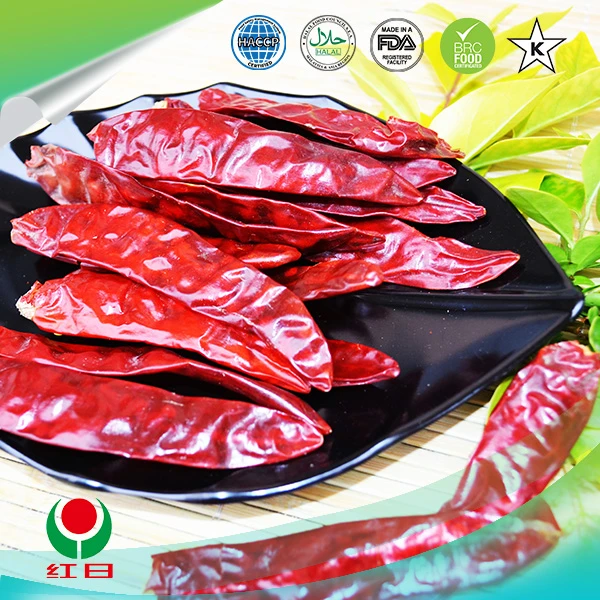- No. 268 Xianghe Street, Economic Development Zone of Xingtai city, Hebei 054001 China
- Byron@hbhongri.cn
paprikapowder
The Vibrant World of Paprika Powder A Culinary Delight
Paprika powder is more than just a seasoning; it is a vibrant emblem of culinary tradition, rich history, and diverse flavors. Originating from the Capsicum annuum pepper, paprika has evolved into one of the most sought-after spices across the globe. Its journey from pepper to powder offers a fascinating glimpse into the world of spices and their integral role in our kitchens.
The roots of paprika can be traced back to Central America, where indigenous peoples first cultivated chili peppers. Spanish explorers, enchanted by the vibrant colors and unique flavors, brought these peppers back to Europe in the 16th century. In Hungary, paprika found its true calling. The country embraced the spice with open arms, turning it into a staple ingredient in traditional dishes like goulash and stews. Today, Hungarian paprika is worldwide renowned for its quality and flavor, featuring prominently in both European and global cuisine.
Paprika powder isn't just a single type of spice; it comes in various forms, each boasting a unique flavor profile. The most common varieties include sweet, smoked, and hot paprika. Sweet paprika, with its mild and slightly sweet flavor, is perfect for adding a rich color and subtle warmth to dishes without overwhelming the palate. On the other hand, smoked paprika brings a distinctive smokiness that evokes the essence of a barbecue, enhancing everything from meats to vegetables. For those who crave heat, hot paprika delivers more spice, tantalizing taste buds and adding an exciting kick to recipes.
paprikapowder

The color of paprika powder is just as stunning as its flavor, ranging from bright red to deep crimson. This vibrant hue is primarily attributed to the carotenoid pigments found in the peppers, which enhances not only the appearance of dishes but also their nutritional value. Paprika is rich in antioxidants, particularly carotenoids, which can contribute to overall health by combating oxidative stress and inflammation. It also contains vitamins A, E, and several B vitamins, making it a beneficial addition to any diet.
Culinary applications for paprika powder are endless. It can be sprinkled on deviled eggs, blended into marinades, or used as a rub for meats. In addition to its use in main dishes, paprika serves as a stunning garnish, adding both color and flavor to hummus, soups, and roasted vegetables. Its versatility extends beyond savory dishes; it can also be found enhancing the flavor of certain desserts, such as chocolate bark, where a hint of spicy warmth creates a surprising depth.
The allure of paprika powder is not limited to its flavor. It carries a sense of nostalgia and cultural heritage. For many, the mere scent of paprika evokes memories of family kitchens filled with the warm, comforting aroma of home-cooked meals. As a spice that bridges both tradition and modernity, paprika inspires countless cooks to explore their roots while encouraging creativity in the kitchen.
In conclusion, paprika powder is much more than a simple spice. It is a colorful representation of culinary art, steeped in history and culture. Its diverse forms allow chefs to explore a wide range of flavors, enhancing the experience of cooking and dining. Whether you prefer it sweet, smoked, or hot, paprika powder remains an essential staple, brightening dishes with its rich color and complex taste. So, next time you sprinkle paprika over your meal, take a moment to appreciate the vibrant history and culinary artistry that this delightful spice brings to your table.







